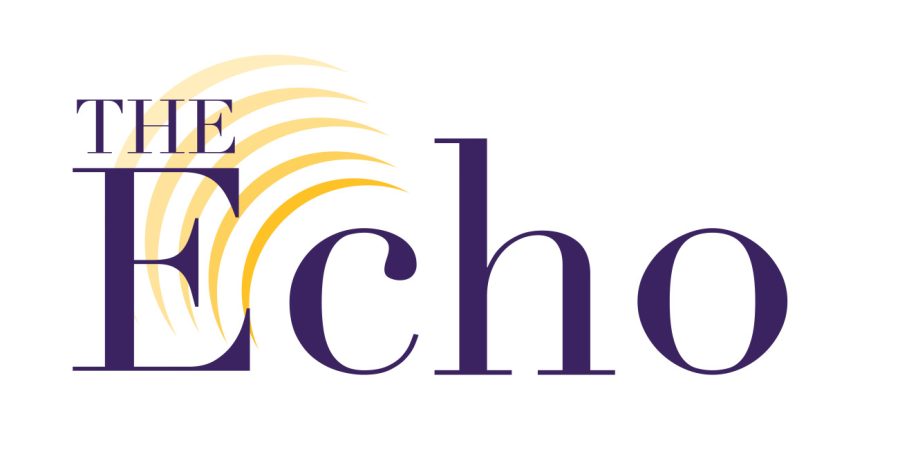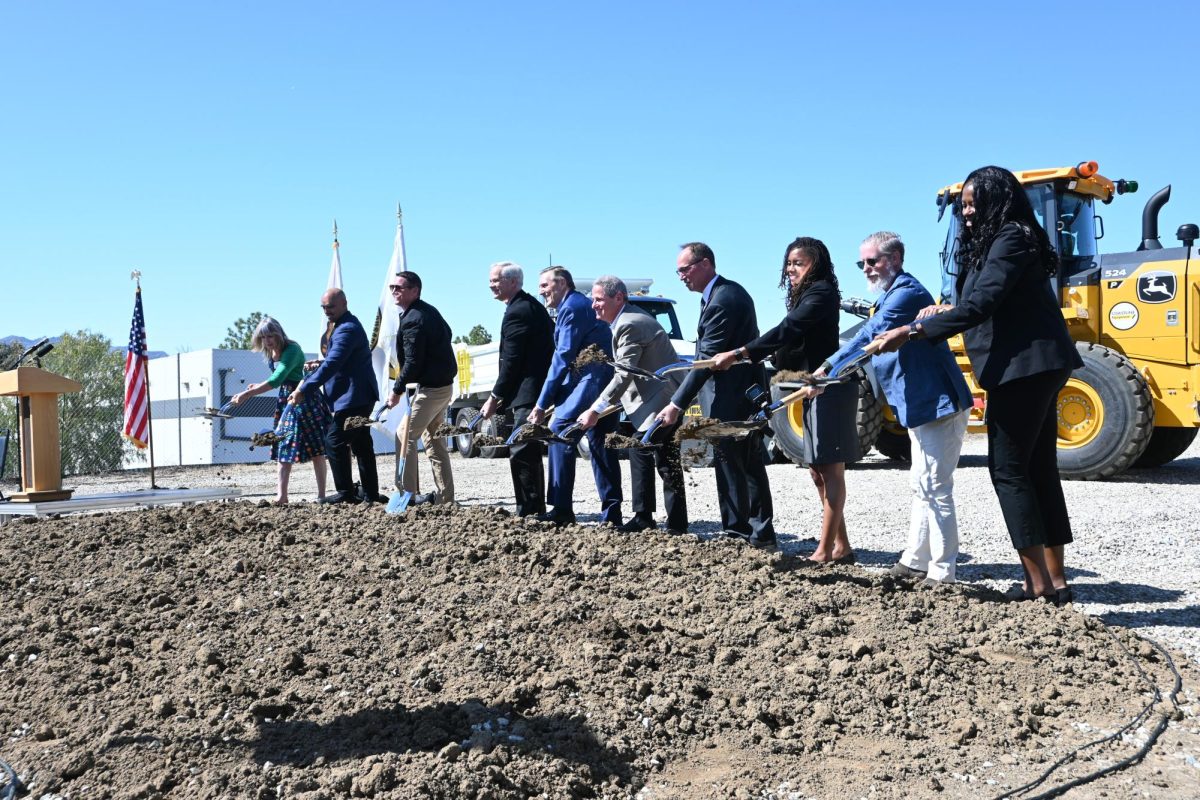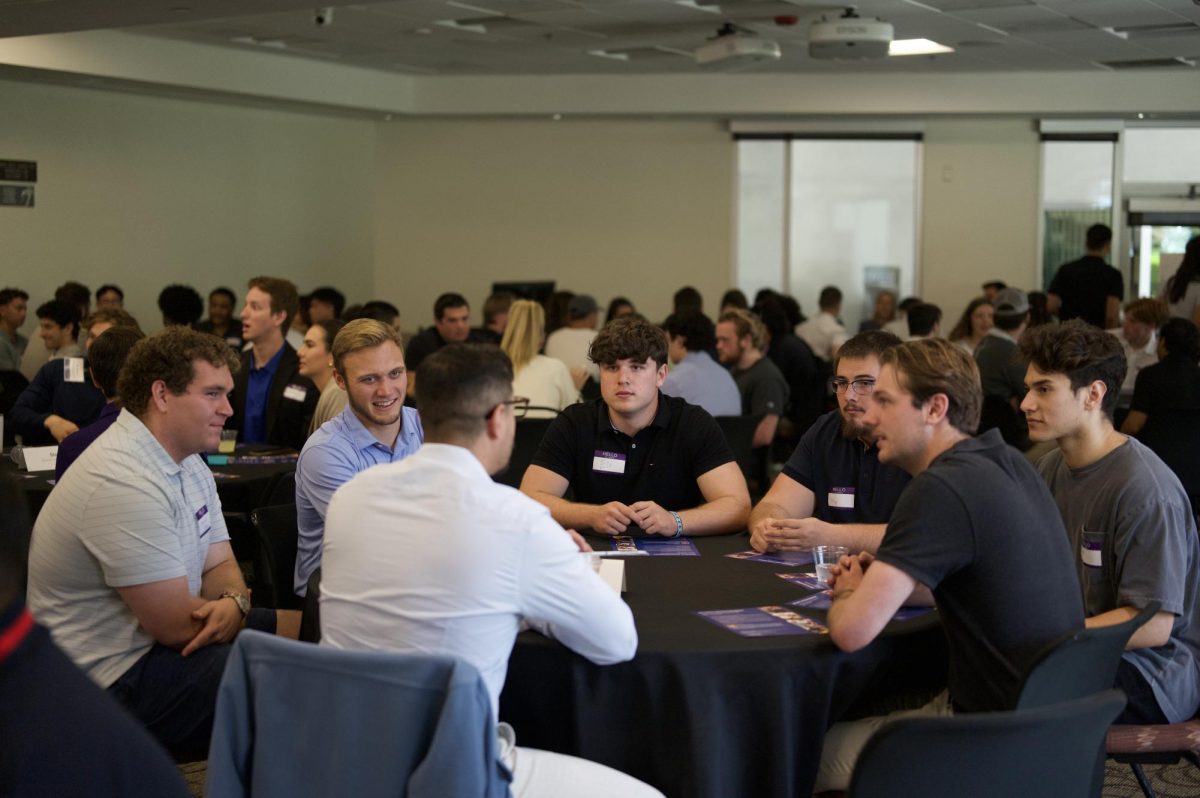The month of November is recognized nationally as “National American Indian and Alaska Native Heritage Month.” Alan “Spirit Hawk” Salazar, a Native American with family heritage from the Chumash and Tataviam tribes, spoke at the Samuelson Chapel Nov. 27 about his family heritage and indigenous lands that have been affected by the Hill and Woolsey fires.
The event was presented by the Center for Cultural Engagement and Inclusion. Nicole Gonzales, a coordinator at the center, said Salazar was invited to speak on campus to help bring awareness to indigenous people and the issues they face.
“Chumash is the indigenous tribe to this area. We’re on Chumash land so it was very important for me to look for someone who could come to campus to share about that culture,” Gonzales said.
Salazar spoke about the different locations his ancestors inhabited. Salazar said six generations of his family lived around San Fernando before being forcefully taken to the San Fernando mission.
“My family has traced our family ancestry to the Chumash and Tataviam village of Ta’apu, now known as Simi Valley and the Tataviam village of Pi’ing near Castaic. We are Ventureno Chumash and Tataviam,” Salazar said in a statement on his website. “My ancestors were brought into the San Fernando Mission starting in 1803. And I still continue to actively protect my ancestors’ village sites and tribal territories, which include the Malibu area.”
A replica Chumash village at the Chumash Indian Museum in Thousand Oaks, considered ancient Chumash land today, burned in the Woolsey Fire.
“Hopefully after three to six weekends of working, we’ll have the village back because it’s the main component to the education program that the Oakbrook Chumash Museum has,” Salazar said. “The kids, they come to the museum, they learn the history that’s outside and then they walk out to the village site. So, it’s a nice walk to enjoy nature, something kids aren’t doing today.”
Salazar also spoke about the importance of preserving and passing down the culture learned from Chumash and Tataviam traditions. A big part of this was establishing a month dedicated to Native American heritage in the first place, Salazar said.
According to the Library of Congress, November has been recognized as “National American Indian and Alaska Native Heritage Month” since 1993, when late President George H.W. Bush signed an official ordinance.
“When I went to elementary school in the ‘50s and early ‘60s, we weren’t even mentioned, so we’ve made tremendous progress and to have a Native American month that’s relatively new. There’s still so much more to do, and I’m extremely proud of my Tataviam tribe,” Salazar said.
One of the biggest issues surrounding Native American tribes and one of the reasons why Salazar began his series of storytelling was misrepresentations in popular culture.
“Many native people like myself, we believe it’s extremely important that we’re allowed to tell our own story… our story has not been told by us. Our history books, the history books that you might have read about the Chumash weren’t written by Chumash people or Tataviam people,” Salazar said.
Salazar said that by educating the general public and engaging with different people, he hopes to spread the truth about native people and their identity.
“A lot of people think that California Indians and many native people across America that we’re extinct. I just want to prove that we are here and we’re still involved with our culture—we’re still involved with the American culture,” Salazar said.
Manny Lira
Reporter








